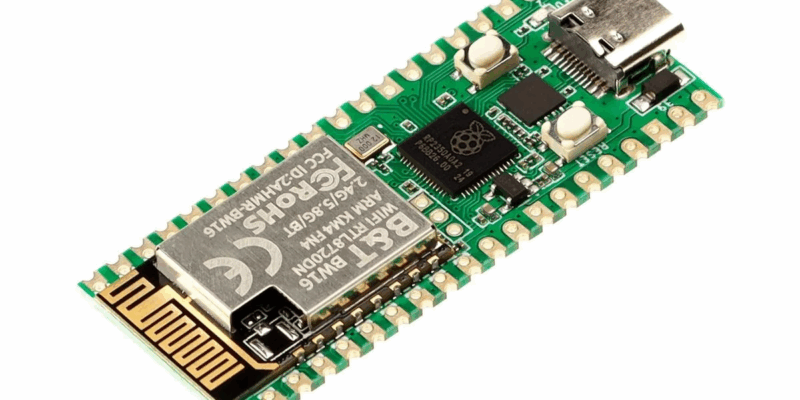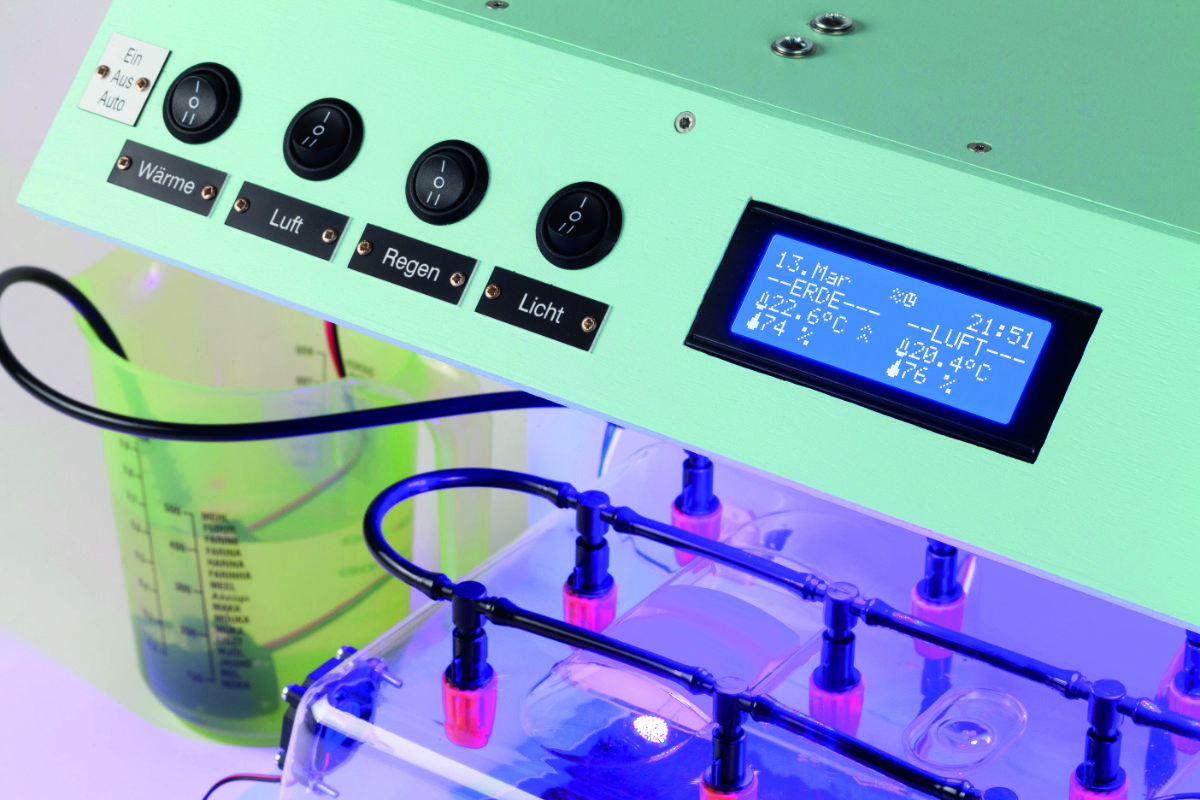Smart palm tree greenhouse
By Lucy Hattersley. Posted

Built to germinate the seeds of an endangered species of palm tree, this mini smart greenhouse features Raspberry Pi, numerous sensors and automated plant-care systems. Phil King digs further
Advertisement
Get started with Raspberry Pi – everything you need to know to start your journey!
Thomas Geers is a fan of palm trees, although they’re not very common in Germany, where he lives. Seeking to help conserve an endangered species of palm tree – the Chilean honey (or wine) palm, Jubaea chilensis – he bought some seeds in the summer of 2018.
One issue, however, was palm tree seeds' long germination time: up to a year. This inspired Thomas to build a fully automated smart greenhouse to ensure stable conditions for the seeds and possibly encourage faster germination.
This article first appeared in The MagPi 83 magazine. Free Raspberry Pi with a 12-month print subscription to The MagPi magazine.
After purchasing a standard mini greenhouse from a hardware store, he modified it with a homemade housing. “The housing consists of a wooden frame and 1 cm-thick plywood, which are bolted together,” he tells us. “The wood is painted with a weatherproof wood glaze.”
He then equipped it with various sensors and automated systems for watering, heating, lighting, and air humidity – all controlled by a Python script running on Raspberry Pi 3B+ linked to a relay board.
Smart palm tree greenhouse: fast facts
- The electronics are hidden in the rear of the housing
- The housing cover and shell can be removed quickly
- Sensors can be connected and disconnected outside the housing
- Thomas also has a squirrel/bird box observed by a PiNoir camera…
- Two great tits make this their home (see the live stream).
Automatic for the palm tree seeds
“For automatic irrigation, there are twelve spray nozzles in the housing cover which will be activated as soon as the soil is too dry,” explains Thomas. “For this purpose, there is a capacitive earth moisture sensor (Giesomat) in the earth.”
Another key factor is maintaining an ideal temperature for the seeds. For this, Thomas placed a DS18B20 sensor in the soil and a heating mat underneath the container. “As soon as the earth temperature falls below a set value, the mat heats up the earth,” says Thomas.
The automated lighting system comprises two LED plant lights which are switched on and off via a day/night time control – 12 hours on, 12 hours off.
Last but not least, there’s an automated air humidity control system: “In the cover housing are two small fans, which are either time-controlled or, depending on the humidity in the greenhouse, allow an exchange of air to prevent mould.”
In addition, Thomas has installed four switches so that he can turn all devices on and off individually and manually, if needed. A small LCD screen shows the temperature and moisture/humidity levels for the soil and air, with arrows indicating which values are currently being adjusted.
The project took Thomas two months to complete. “The hardest thing for me was programming, as this was my first Raspberry Pi project and I had no experience with Python,” he reveals.
“However, I had very good and friendly support from the German Raspberry Pi Forum.”
Sprouting smart seeds
Since the honey palms come from Chile, he set the greenhouse temperature range to the average for that country, and the soil moisture and air humidity values to what felt right.
So far, the results have been impressive, with a much improved germination rate. In the seven months before the smart greenhouse was ready to use, only six out of the 24 seeds germinated in a normal thermostat-controlled greenhouse. “In the eighth month, all remaining 18 seeds were placed in the [smart] greenhouse; eleven seeds sprouted this month,” says Thomas. “The palm trees will be planted in my garden someday.”
See also

Lucy is Editor of Raspberry Pi Official Magazine.
Subscribe to Raspberry Pi Official Magazine
Save up to 37% off the cover price and get a FREE Raspberry Pi Pico 2 W with a subscription to Raspberry Pi Official Magazine.
More articles

Get started with Raspberry Pi in Raspberry Pi Official Magazine 161
There’s loads going on in this issue: first of all, how about using a capacitive touch board and Raspberry Pi 5 to turn a quilt into an input device? Nicola King shows you how. If you’re more into sawing and drilling than needlework, Jo Hinchliffe has built an underwater rover out of plastic piping and […]
Read more →

Win one of three DreamHAT+ radars!
That’s right, an actual working radar for your Raspberry Pi. We reviewed it a few months ago and have since been amazed at some of the projects that have used it, like last month’s motion sensor from the movie Aliens. Sound good? Well we have a few to give away, and you can enter below. […]
Read more →

RP2350 Pico W5 review
It’s Raspberry Pi Pico 2, but with a lot more memory
Read more →



